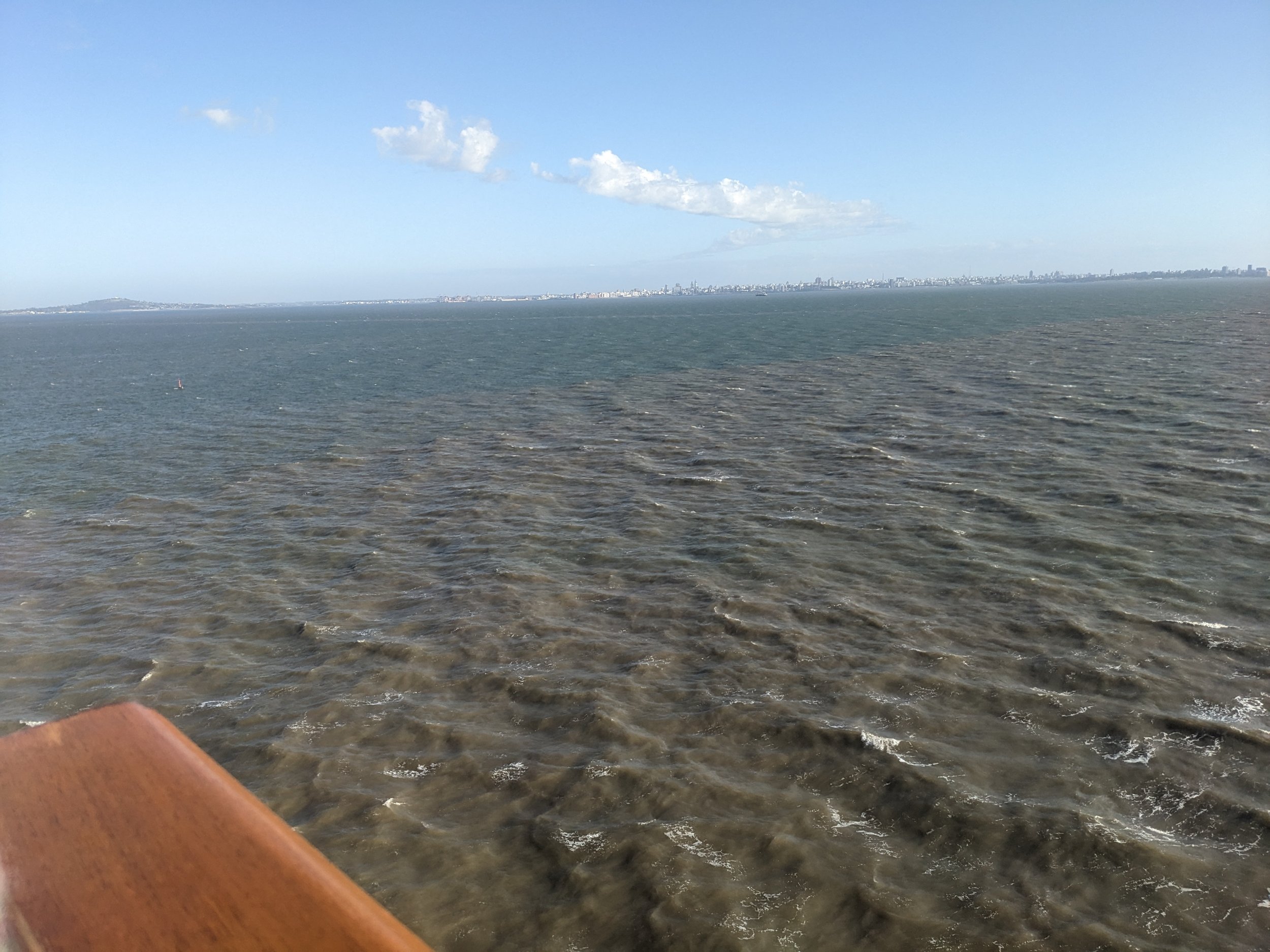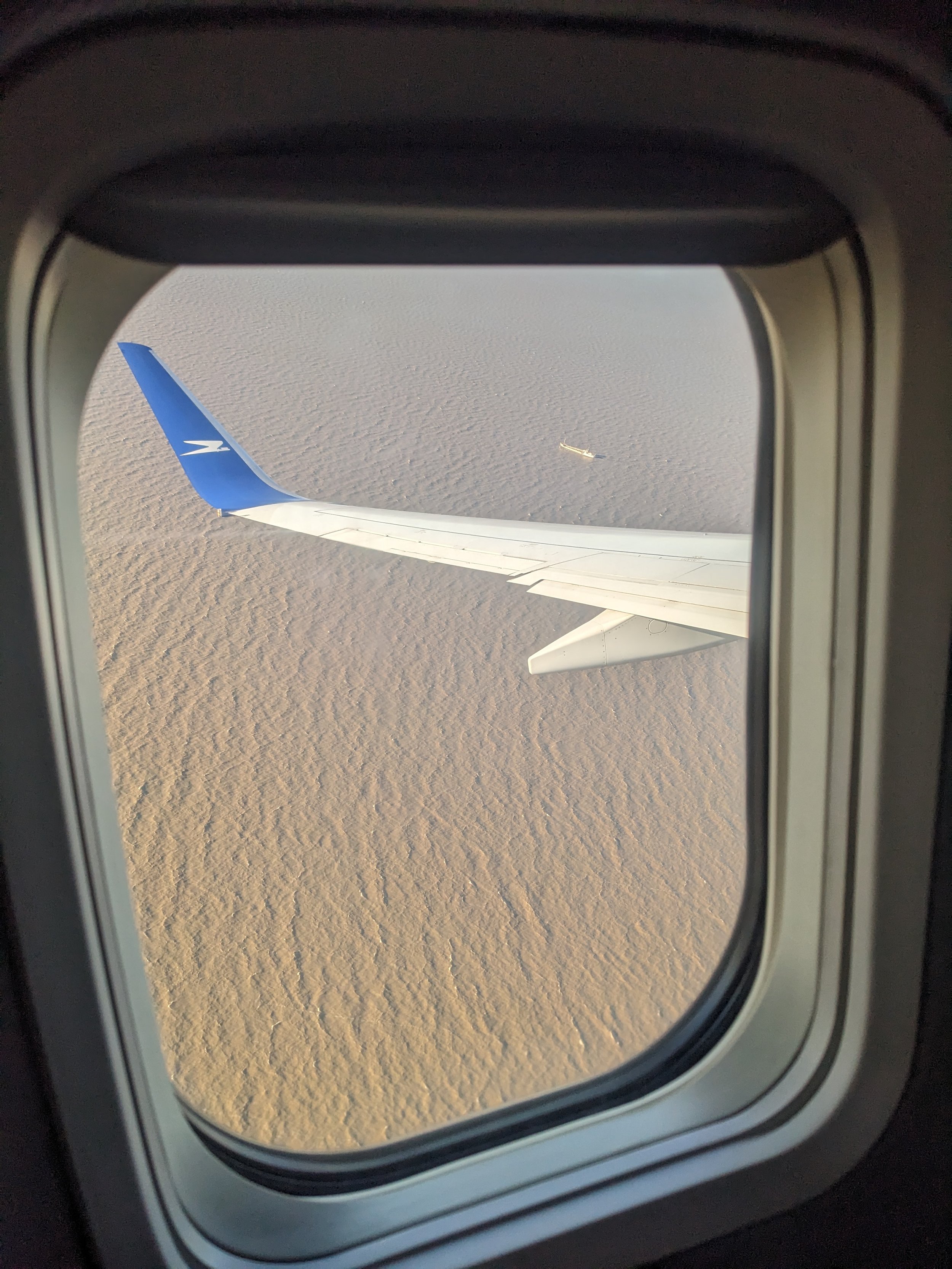Journey to South America, Part II
I am heading towards the "end of the world" - the southern tip of South America, and specifically, Cape Horn. My parents and I hopped on a ship that will travel down the coast of Argentina and then up through Patagonia, to San Antonio, Chile. We we are excited to see and experience some of the off-the-beaten-path ports of call along the way, and have at least a taste of Patagonia. This is an area of the world I have admired ever since my parents brought home a National Geographic video when I about 11. I never expected I would get to see it!
Fast facts:
-Cape Horn is the southernmost headland of the Tierra del Fuego archipelago of southern Chile (read more here: https://blogpatagonia.australis.com/8-important-facts-about-cape-horn/)
-The area around Cape Horn is legendary amongst sailors... in the past 400 years, over 800 ships have sunk here and 10,000 lives lost (FYI we're not planning to add to these numbers. Modern technology and an experienced crew mean that we feel very safe!). Why are the waters here known to be so treacherous? The Southern, Pacific, and Atlantic
Oceans "collide" here. Strong and gusty winds can create large waves. We're 26 hours away but had waves that were 22 (nearly 23) feet today... rough seas! Also amazing: the ocean floor rises from 4,020 meters (13,200 feet) to 100 meters (330 feet) within a few kilometers from shore
-Flying between Argentina and Uruguay we saw the Rio de la Plata river, which is one of the worlds widest rivers and has a lot of sediment in it - to the point that the water is brown (no joke). When it collides with the waters of the Atlantic Ocean, there is a stunning separation of colors between them!
Now, a few more reflections on music! Again, I'd like to share some observations from less formal settings.
(1) It was amazing to see people singing together in Buenos Aires to celebrate the Argentinian World Cup victory. People sharing a feeling together is one thing, but expressing it in song... amazing! The power of melody and rhythm to help unite and celebrate... it's real!
(2) We had an early flight a couple days ago and I spotted a piano at the airport. The lines for coffee were very (very) long and I saw so many sleepy faces, I figured a little music might be nice for everyone. I shared about 30 minutes of "soothing" selections with the intention of it being an early-morning gift to passerby. Music has many different purposes in addition to entertainment, and one of them can be contributing to the general mood of a place. I didn't really expect that anyone was actively listening (I didn't hear a change of the volume of chatter, and though my back was to the areas that people were seated, I didn't see anyone near me). I finished quietly and reached for my bag... and was treated to thunderous applause. About 200 people were standing behind me and had clearly been listening. I'm pretty sure my face turned bright red as I made my way to where my parents were sitting, but I was thrilled that it had been received well. Tip to students: it's good to have as much music as possible ready to play and share at any given moment. This is one of the major benefits of memorization - you are always ready to share your music with the world!
(3) I am enjoying learning about traditional music and dance in South America. In Argentina, I have learned about tango (note: there are many different sub-types) and the folk music of the gauchos. Music is such a timeless expression of culture and a way to quickly understand more about the people of the area you are visiting (along with food and conversation, of course!). If you have a chance, listen to tango music by Astor Piazzolla and Carlos Gardel, as well as the Zapateo (and look up demonstrations of these dances)!
With all best wishes for the holidays,
Elizabeth




